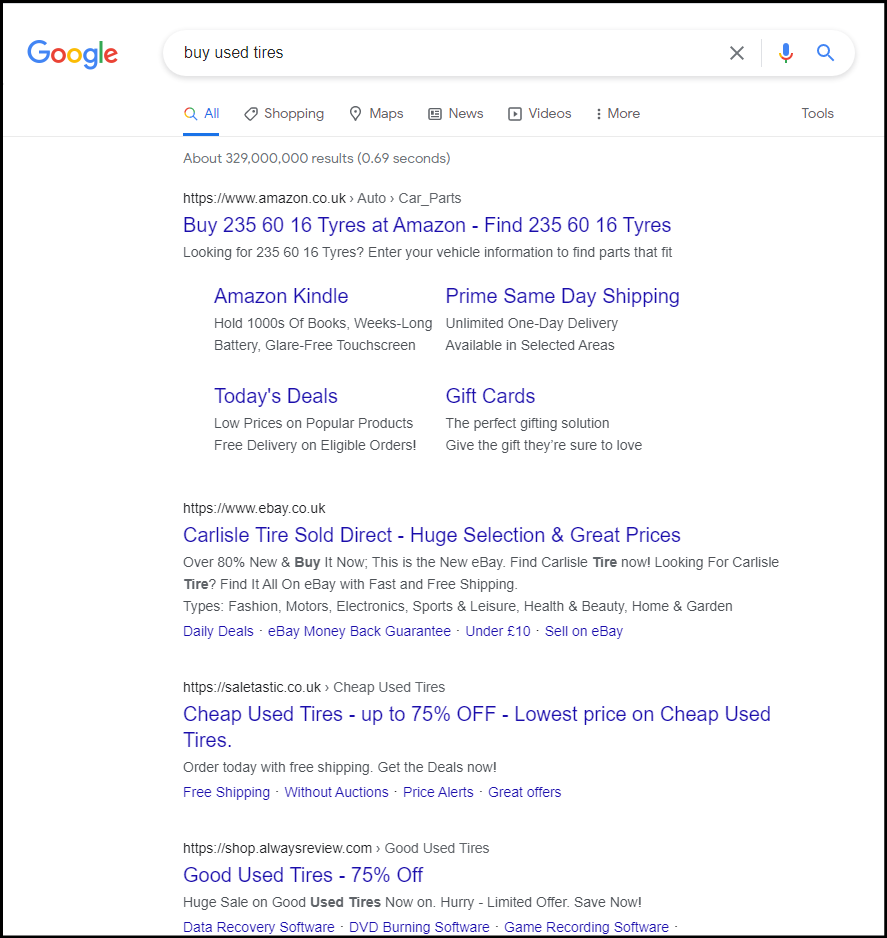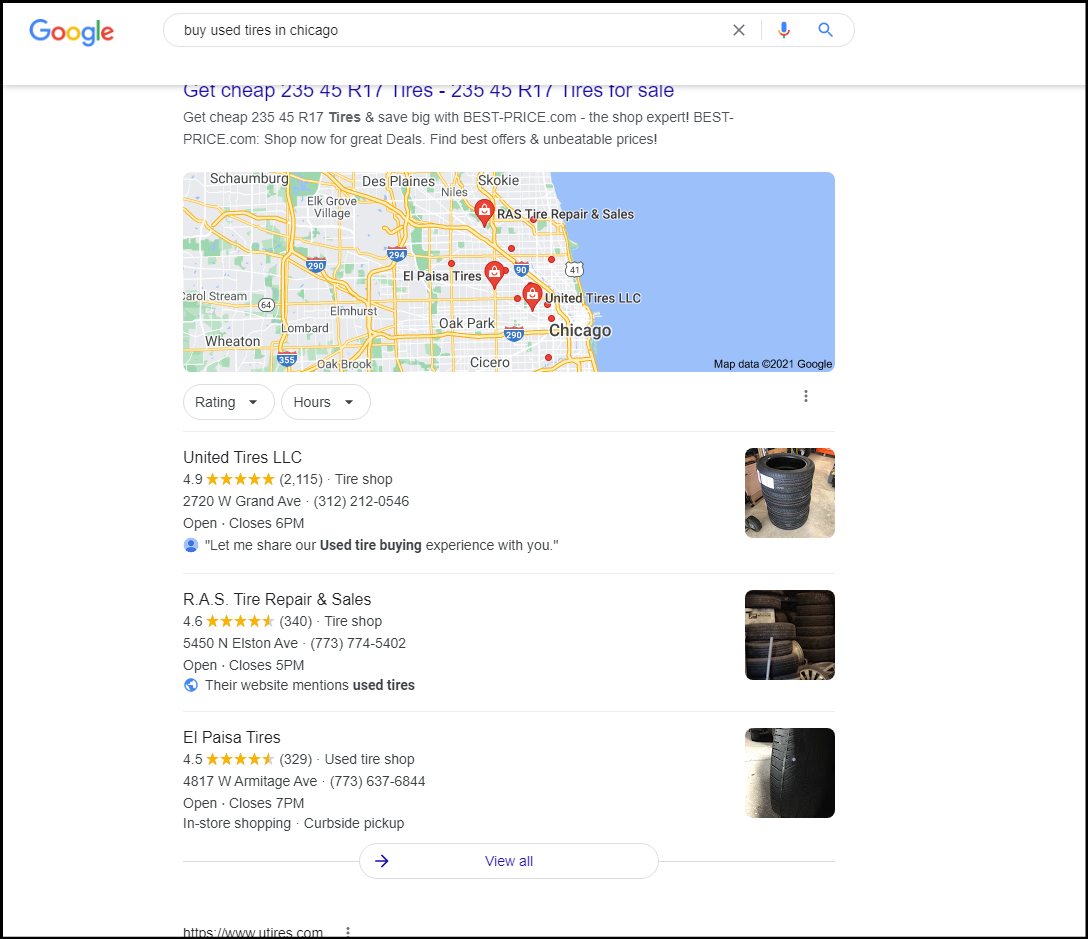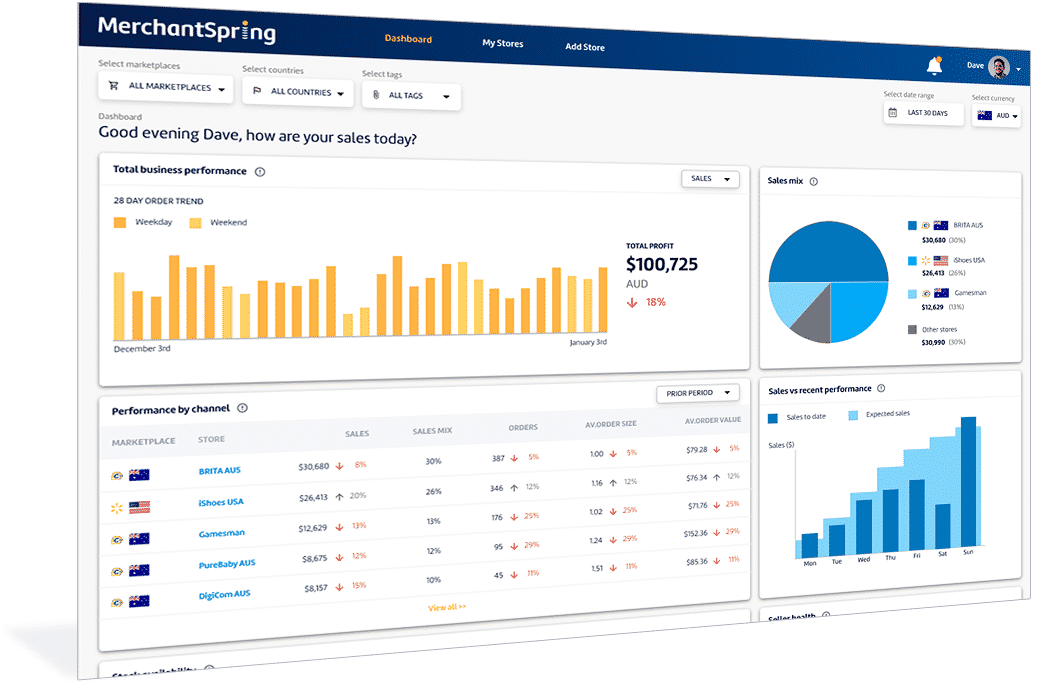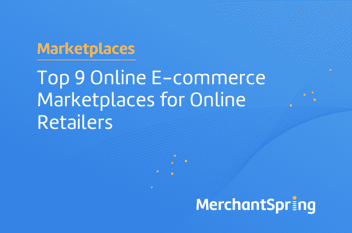Could selling second hand products be right for your online store?
The second-hand eCommerce (also known as “reCommerce”) market is booming. According to Coresight Research, reCommerce sellers are growing at 20 times the rate of traditional retailers.
As the owner of tire retailer United Tires, our biggest catalyst of business growth was when we switched from selling new tires to selling second-hand ones. Not only was the demand for used tires higher than for new ones, but we were also able to increase our average profit margin on each item sold.
In this article, I’m going to share some ways that you can find out whether there are opportunities for reCommerce in your space, as well as giving some advice on how you can source and manage an inventory of second-hand products for resale. I’ll also offer some marketing tips that we have used which are specific to reCommerce retailers.
Assessing your market for reCommerce opportunities
You can only make a success of reCommerce if there is current demand or indicators of future demand for second-hand products in the wider category(ies) that you are selling.
Current demand, and potential future demand, are identified in different ways, so it's worth going into how to spot each one separately.
How to identify current demand for second hand products
Identifying existing demand for second-hand products in your market is a relatively straightforward process, not too dissimilar from other types of market research. Here are some ways to get you started:
1. See if adverts are being run to “used”, “preowned” or “second hand” products
You can check if there is an active second-hand market for specific products by searching for keywords that indicate a desire to buy a specific second-hand product and see if any adverts are being run for the keyword in question.
If there are adverts that specifically mention that they are selling used versions of a product, then it's a safe bet that there is both a demand for used products of this type and that there is a decent margin to be had by selling such used items.
Using the example of used tires (what my company sells), we can see both that adverts are being run to this keyword and that the adverts specifically mention that the tires are used, indicating that this is a desired feature of them.

2. Check keyword volumes for used products in the category(ies) that you sell
In addition to seeing whether people are running adverts to reCommerce items, it's also well worth looking at the search volume for keywords that indicate a desire to buy used items of the category that you are looking to sell.
Some keywords that have such buyers include:
- Buy used
- Buy second hand
- Buy preowned
- Where to buy used
- Where to buy preowned
- Where to buy second hand
If your keyword tool indicates that there are more than 500 searches a month for any of the above keywords, then it's likely that there is sufficient demand for you to explore reCommerce opportunities further.
Advanced tip: If you have Google Search Console installed on your website, you can see what keywords you currently rank for in the top 100 on the SERPs in Google. Chances are, if there is demand for second-hand versions of products that you sell, you will appear in some of these searches. Look for the number of impressions that such keywords get. This usually indicates the search volume for such keywords.
3. Look to whether there is an offline market for second-hand products in your niche
Demand in eCommerce generally mirrors demand in offline retail, and reCommerce is no different. Products that are commonly bought second-hand in physical stores should have a reCommerce market as well.
So, as part of your market research, it's worth seeing if there are local or even national physical stores selling second-hand items in your market. You can easily do this by searching:
- “Buy a used in ”
- “Buy second hand in
Ideally, you will want the results to contain a local map showing physical stores that explicitly say that they sell used or second-hand items. You can see this for used tires below:

Items that obviously fall into this category include clothes, cars, books, and gym equipment. However, it’s always worth checking out the second-hand market regardless of what you intend to sell. It might be bigger than you’d first imagine.
How to identify potential demand for second-hand products
Potential demand for second-hand products in your niche is a bit harder to discover, requiring a degree of “educated guesswork” rather than simple observation.
Generally, a market for second-hand products is driven by three factors. These are:
- Price is a big factor behind buying decisions in that market
- Products have a long shelf life, meaning that they can be reused without deterioration being too much of an issue
- Sustainability in your industry is an issue that is in the public consciousness and may drive buyers' decisions.
When assessing the reCommerce potential in your market, these are the three main questions that you want to be asking yourself. It’s also well worth examining which one of these is the biggest driver behind the potential demand for second-hand products, as this should help you anticipate how best to manage your inventory and market your products.
Sourcing an inventory of preowned products
In order to have any success with reCommerce, you need a way of either acquiring high-quality used products or a system for restoring products that have suffered wear and tear to a state where people are willing to pay decent money for them.
Acquiring high-quality used products at relatively low prices is all about working out which companies and organisations end up with the products that you sell as collateral in their day-to-day services.
For example, with United Tires, we work closely with automotive and collision repair companies. Often when repairing a car that has been in a collision, all four tires need to be replaced when only one tire is damaged. Therefore the repair company ends up with three perfectly good tires as spare.
Once you have identified which companies fall into this category, you need to give them a no-lose offer that allows you to take these products off their hands. Ways that you can offer value in exchange for used items include:
- Money: This is the obvious one, if your margins are high enough it can make the sourcing of high-quality used products very easy.
- Convenience: If sending products to you is easier than other methods of disposal, then you can get stock for free (or at a very cheap price)
- Business referrals: Often businesses that have your desired products will be in the same or similar buying chain to you. Business referrals can therefore be used as leverage to secure cheaper stock. Just don’t be that person who promises referrals and never delivers.
Managing an inventory of used products
Ensuring that you aren’t selling products that are unusable due to previous wear and tear is the biggest headache when it comes to reCommerce.
To be able to make this at all manageable, you need to set your stall out to what is considered acceptable to receive and sell in terms of damage. This needs to be made in unambiguous objective terms and must be fully transparent to both your vendors and customers.
For example, with our tires, we have a rule that all tires we receive and sell must have a minimum amount of tread yet, must be under a certain age, and cannot have any visible cracks or bulges.
Having such objective criteria for acceptable product conditions means that we can do quality control of products quickly and systematically. It also means that we can be completely transparent with our customers about the condition of the products that they are buying.
Vague criteria for quality and condition that are not possible to measure will inevitably lead to disputes with vendors and customers.
Marketing a reCommerce store
The key to marketing a reCommerce store or range lies in knowing exactly why people are choosing to buy your products second-hand rather than new.
In the vast majority of cases, this will be either due to wanting to get the products in question at a lower price or due to wanting to reduce waste.
Knowing which one of these is driving your potential customers to shop second hand, and creating content that gets your brand or range featured on other websites that also cater to people with these sensibilities is one of the best ways to get relevant traffic to your store.
If you are trying to appeal to a thrifty market, then you want to look at getting featured on sites that talk about personal finance, frugal lifestyles, or that are catered to college students.
If sustainability is the main driver behind people’s decisions to buy second-hand in your industry, then there are a huge number of sustainability influencers and environmentally friendly magazines that you can try and get placements in. The best option depends on your product (we’ve done particularly well with the latter).
Guest Author
Mike Skoropad
CEO | United Tires
Based in Chicago, United Tires is one of USA’s leading suppliers of used tires to retailers and individuals across the country.











Add a Comment